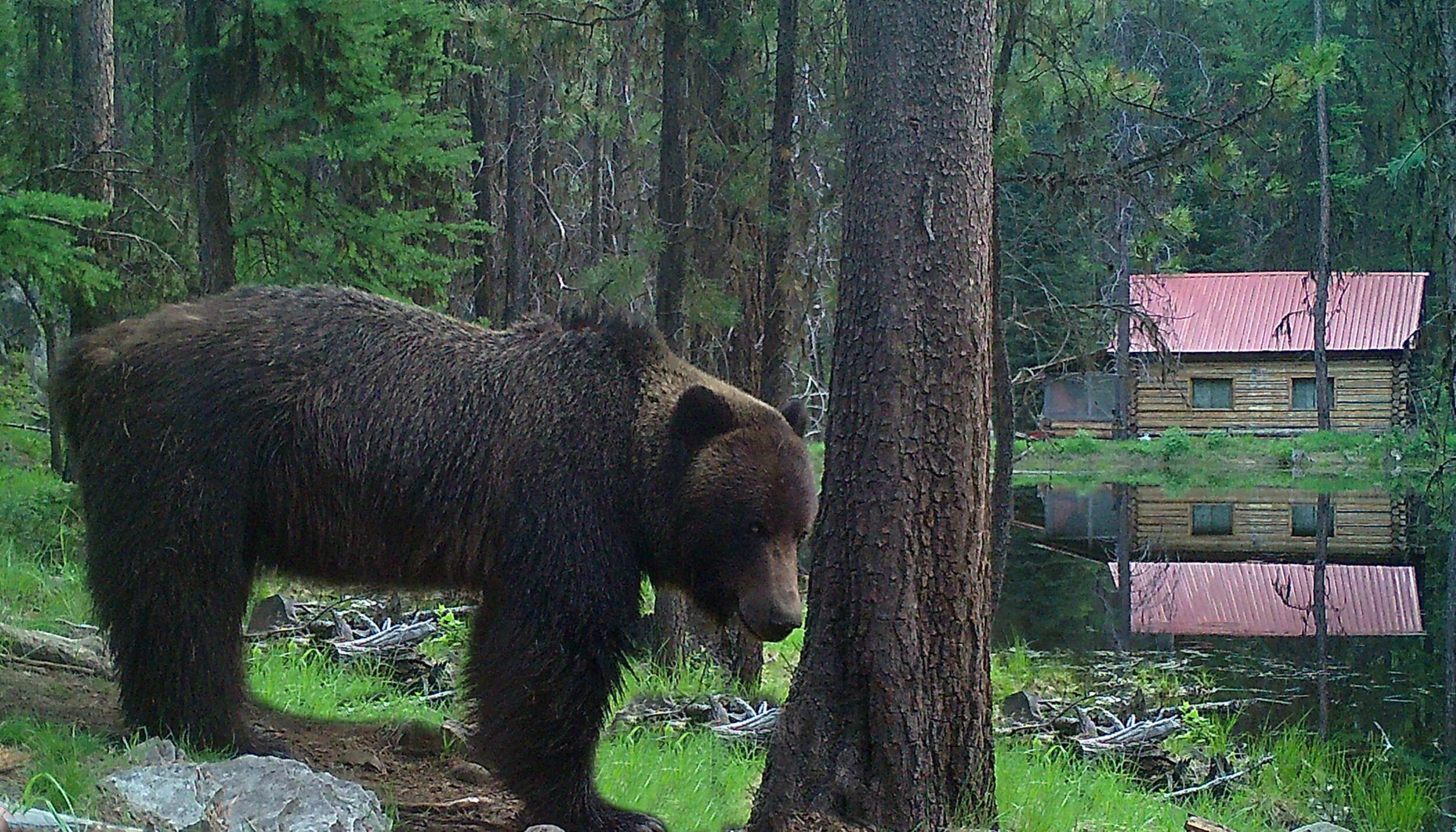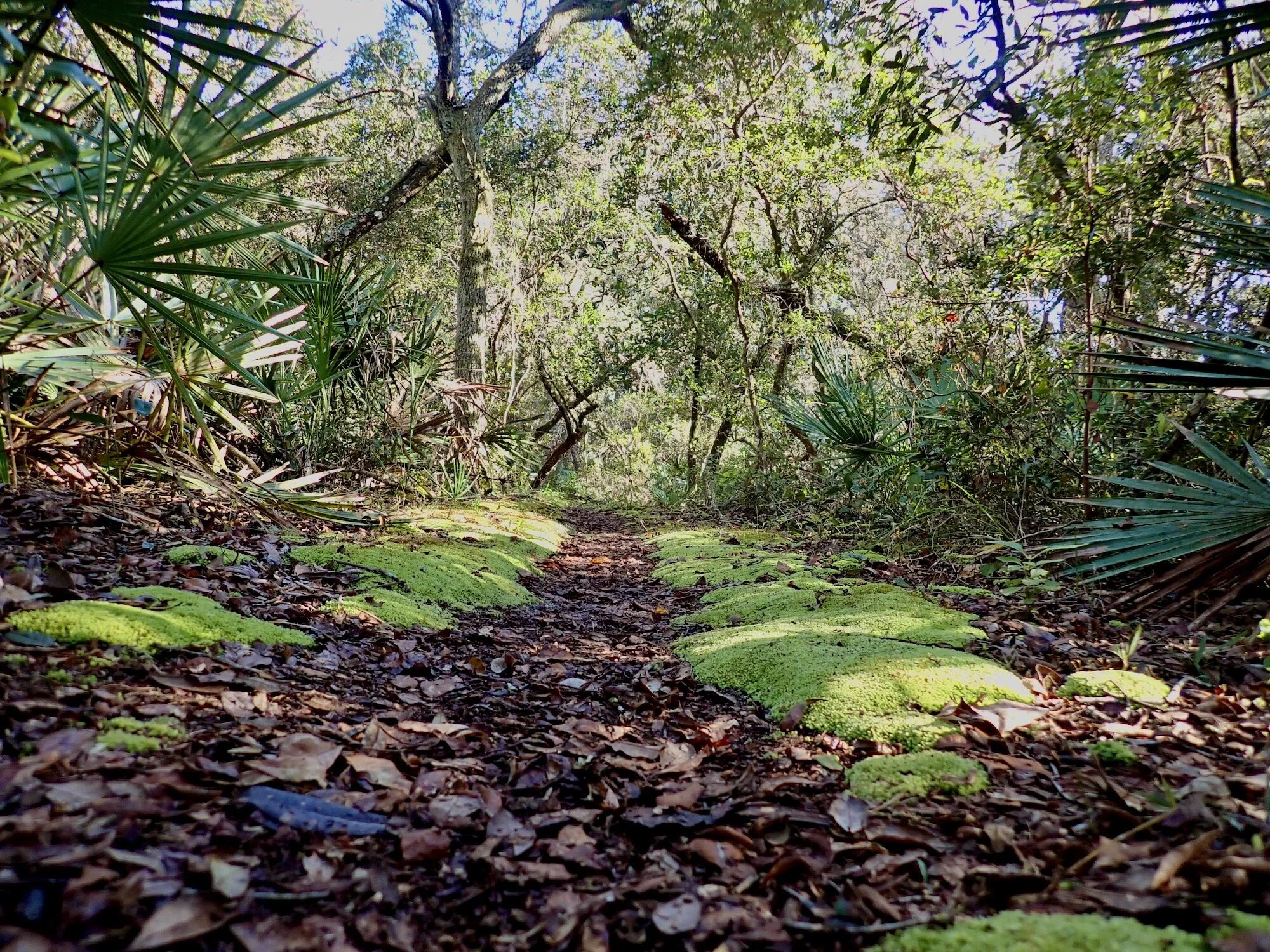Fishing Friday: A $1000 Alaska Fishing Trip
By: Joe Byers
What? A week’s fishing in Alaska for $1,000? Impossible… but here’s how.
When I was a young man I camped with my grandfather for an entire summer in Alaska, and he taught me to be frugal. Often, he would stop along the highway to pick up a blown innertube or a small plank, prompting my question, “What in the world will you do with that?”
The innertube became a foul-weather scope cover and those planks helped level our camper each night. His conservative way still affects me today… some would say I am just cheap. However, if you have dreamed of fishing Alaska and think it’s too expensive, think again. Here is how to experience fishing in Alaska on a budget.
Go as a Group
To maximize costs, go as a foursome, either two couples or four friends. Get an Alaska Airlines credit card and take advantage of their “Buddy Pass” system, which allows you to get nearly half-price airfare. ($300 per person)
Fly to Anchorage and rent a larger car. You do not need a four-wheel drive or van. Often if you book a regular car, you can upgrade and save. Use your credit card insurance and decline all coverage ($150 per person)
Book Airbnb homes in Seward, Soldotna, Ninilchik, and/or Homer for about $100 per couple. You will find lots to choose from in all of those locations. By booking a house, you can cook dinners and breakfast, so there are no meal costs above what you would pay at home. ($250 per person for six days, five nights)
Plan in Advance
If you are seeking a specific salmon, you will need to time your trip to match fish availability. Spinning or fly-fishing gear works on most salmon.
Timing the trip is important, because it will affect the cost of accommodations and the types of fish you can catch. If this is your first fishing trip, consider traveling in late August and early September when the tourism season is over, and you will have your pick of accommodations.
If you want to target specific salmon runs, you will need to time them for your trip. Use the internet to see when the salmon are running or call Alaska Game and Fish. Additionally, you can get lots of information sent directly to you from Alaska Tourism and Kenai Tourism.
Arriving in Anchorage on a weekend allows you to attend the free farmer’s market, where you will find a host of cool Alaskan tourism items, as well as local foods that are freshly prepared. Also, the shops in the downtown area are easy to access and close together. You can even catch salmon in downtown Anchorage. Try your luck depending on the current run.
Hit the Road
Lingcod are a delicious fish that is often overshadowed by the glamor of halibut fishing. Always ask your captain about the possibility of these big fish.
Seward should be your first fishing destination, and it is 127 miles south of Anchorage. This can be your first overnight stop, or enjoy Anchorage and begin the fish safari the next day. Alaska is such a cool state, there is lots to see and do. Seward offers a wide variety of charters for halibut, salmon, and rockfish. Although Homer gets the most attention for halibut, go for the big flat fish here, and include another species like lingcod or rockfish.
These are usually all-day charters, and you can have your fish cleaned, frozen, and stored for the way back to Anchorage. Since the days are long, head for Soldotna. Consider the Diamond M Ranch and campground, renting a cabin if you can. I watched a black bear stalk three caribou from my balcony, and I could walk to great silver salmon fishing the next morning. Ask at the desk, and they will give you directions.
Downtown Soldotna
Soldotna, the midway point to Homer, offers salmon fishing almost from the highway. Pull into the visitor’s center, and you can walk to the stream where they have boardwalks to preserve the banks of the Kenai River. What is catchable depends on the time of the year, but you will never find more accessible fishing.
Wherever you are in Alaska, do not hesitate to stop at a tackle shop or ask other fishermen for advice. Alaskans are the friendliest people on earth, and even fishermen will tell you the truth, at least most of the time. Ask what fish are biting on what at a tackle shop and buy it. You do not need to bring much gear, and the few lures you buy will save money in the long run.
I took this step when I was in Ninilchik, and the cashier told me where to fish and cautioned me that I could not use treble hooks. I bought a pack of single hooks and he changed them out on my lures at no cost. Who does that?
Ninilchik
Ninichik is a small fishing village, but offers great on-your-own fishing. At least one charter operates out of this spot, and I saw them bring in a big catch of mixed fish. Their launch is 30 miles from Homer, which means they access different waters than the many captains down the coast.
The gals in our group stopped at a small gift shop in Ninilchik, and while they were shopping, the shop-husband took me into the back room, showed me what to fish with, and suggested three nearby spots. As I mentioned, the friendliness of Alaskans is incredible.
Homer offers full and ½ day charters. Normally, full day charters get you farther away and better your chances for larger fish.
Homer
Homer should be your final stop, and you can spend one or two nights. It’s best to book your return flight as late as possible from Anchorage to allow travel time and to avoid an extra motel stay.
Homer is primarily a charter opportunity with a wide variety of options. The monster halibut caught years ago have been over-fished, and 20-30 pounders are the norm. Still, it is worth buying a ticket in the Homer Halibut Derby, because you could win great cash and prizes with a big fish. You never know.
Most charters will clean and process your fish. Additionally, facilities will freeze and box your catch for the trip home.
Also, talk with your captain about lingcod and rockfish. These are easier to catch, offer excellent table fare, and are not a roll of the dice like a big halibut. Once again, the size of your group helps keep costs down. In non-peak season, their rates may be negotiable.
Although you might think that each of you should have a cooler, it is much more economical to have your fish packed in insulated cardboard boxes for the flight home. All packing houses sell them, and you’ll only pay baggage fees for the way home. Finally, Alaskan salmon and halibut averages about $15 per pound. If you bring home 50 pounds of fillets, that is a value of $750, more than half the price of the trip. After you have done this once, you’ll learn how to make it even more economical, maybe even break even on the price and the value of the fish. How’s that Grandad… I’m sharing your frugal, conservative values.
Joe Byers is a life long hunter and outdoor writer. He is the current Executive Director of the Mason-Dixon Outdoor Writers Association.
Check out Global Outdoors for a great selection of Alaska fishing options.







